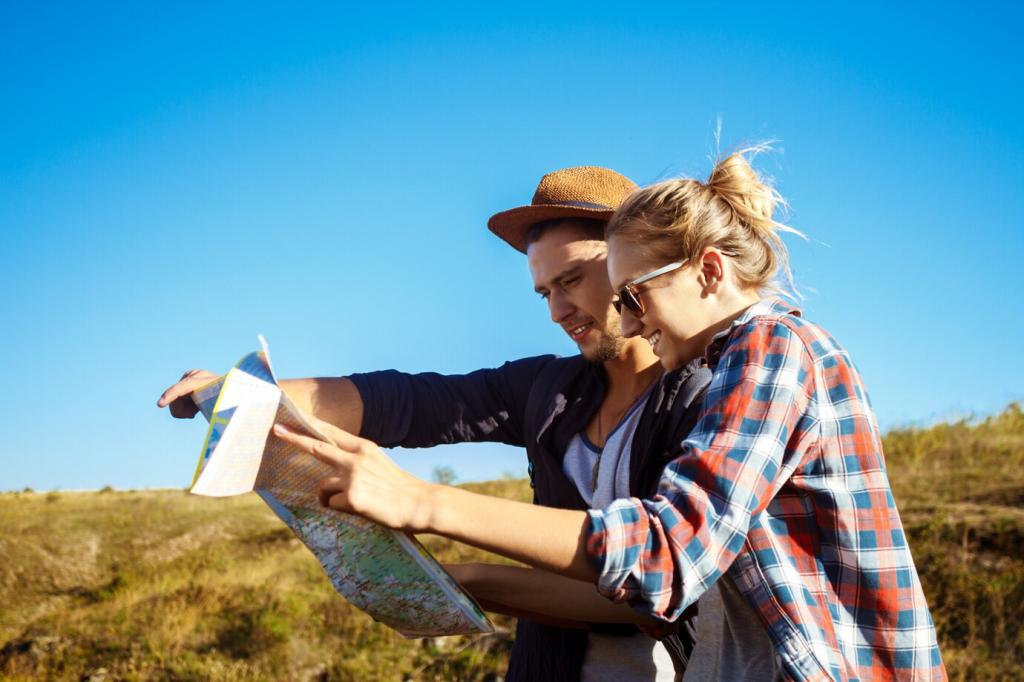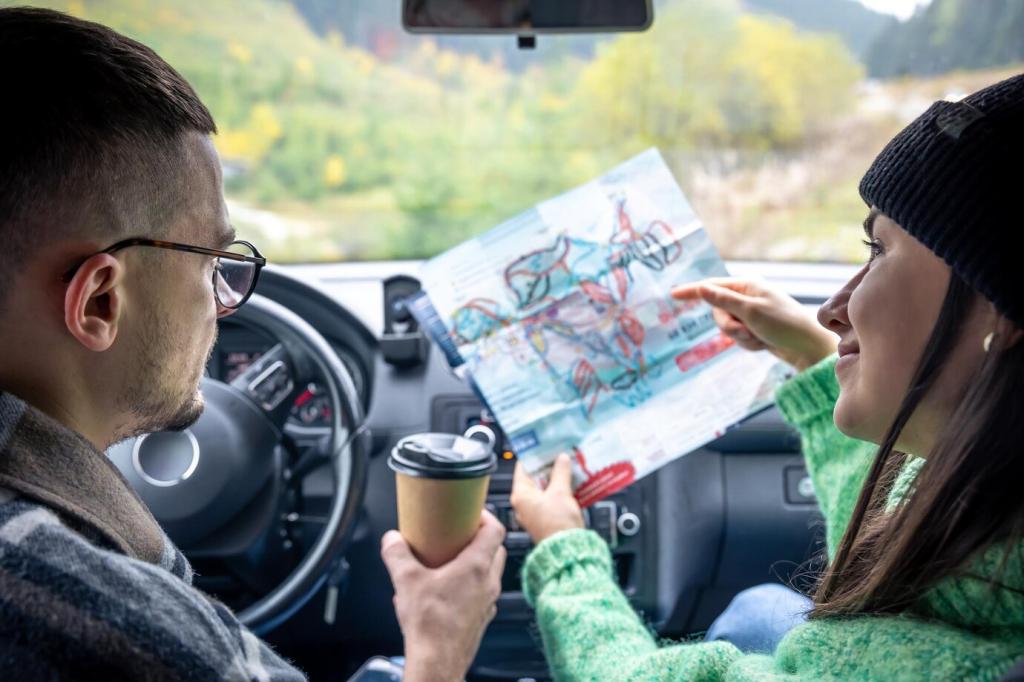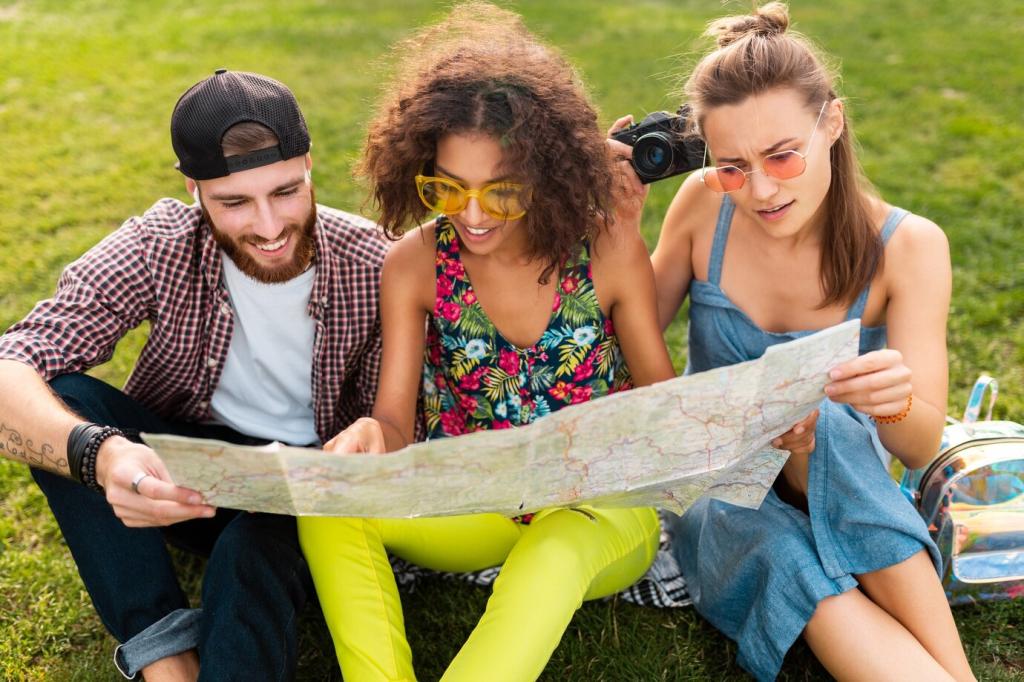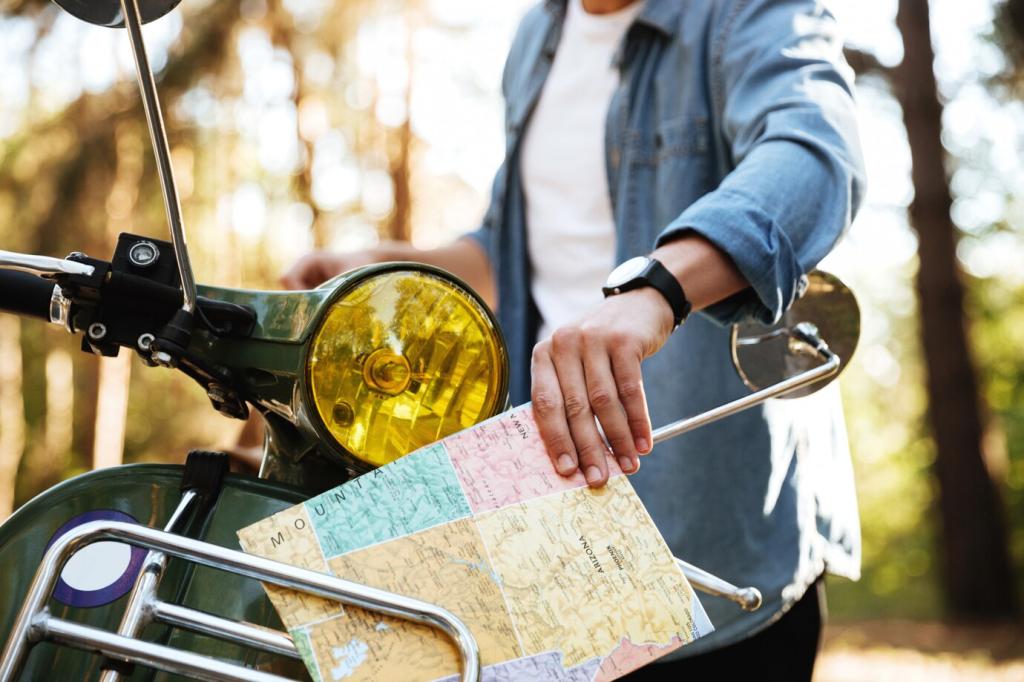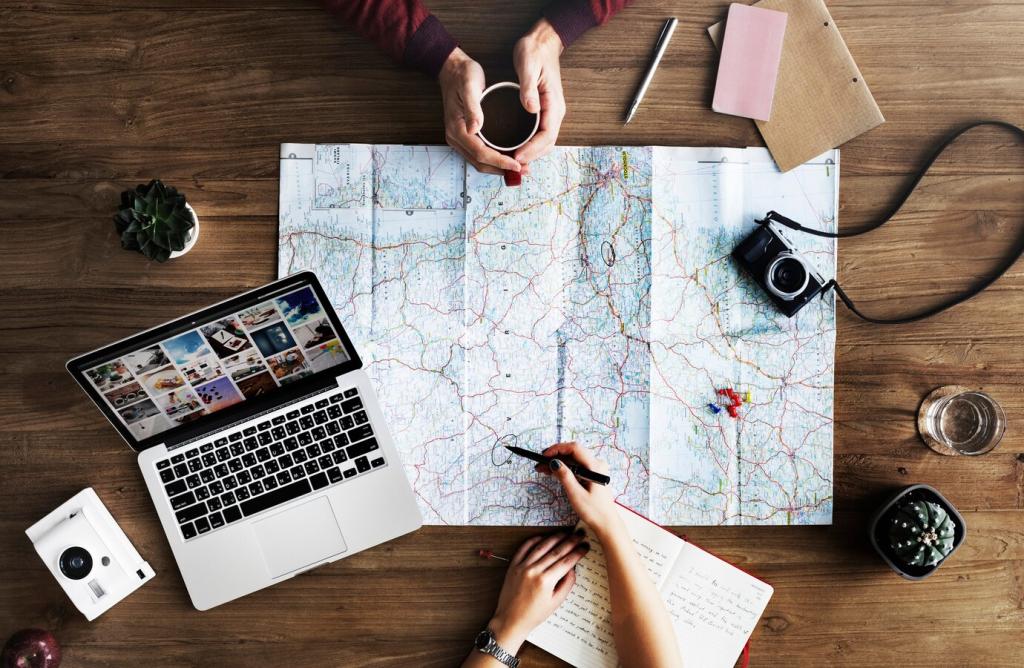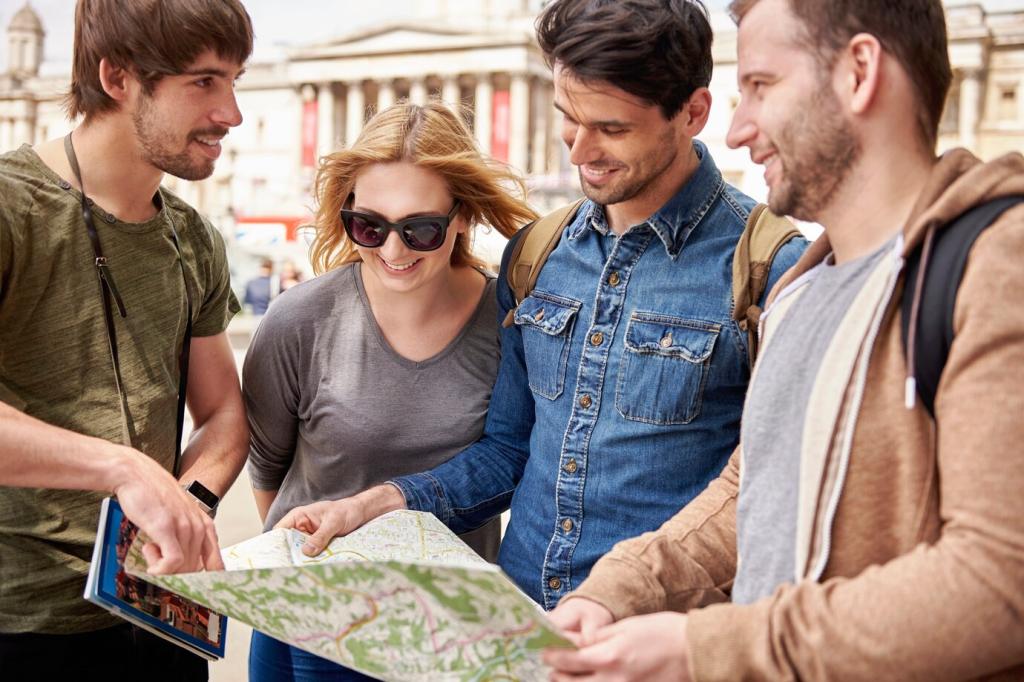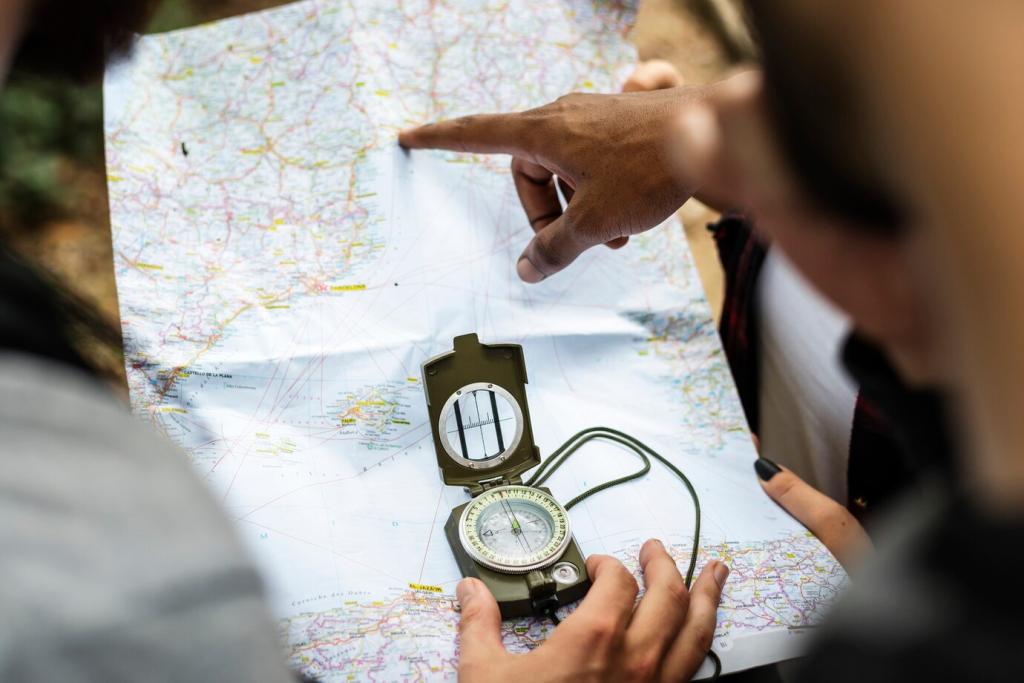Inclusion, Safety, and Sustainability by Design
Clear typography, alt text, voice control, and consistent gestures reduce cognitive load. High-contrast maps and simplified language modes support seniors, kids, and neurodivergent guests. Ask visitors about preferred accommodations during booking to personalize guidance without awkward guesswork.
Inclusion, Safety, and Sustainability by Design
Subtle haptics and concise messages flag slick steps, heat advisories, or unexpected closures. Guides receive escalation options and local resources. Post-incident summaries help refine prevention without blame, transforming near-misses into practical improvements shared across teams and partners.

